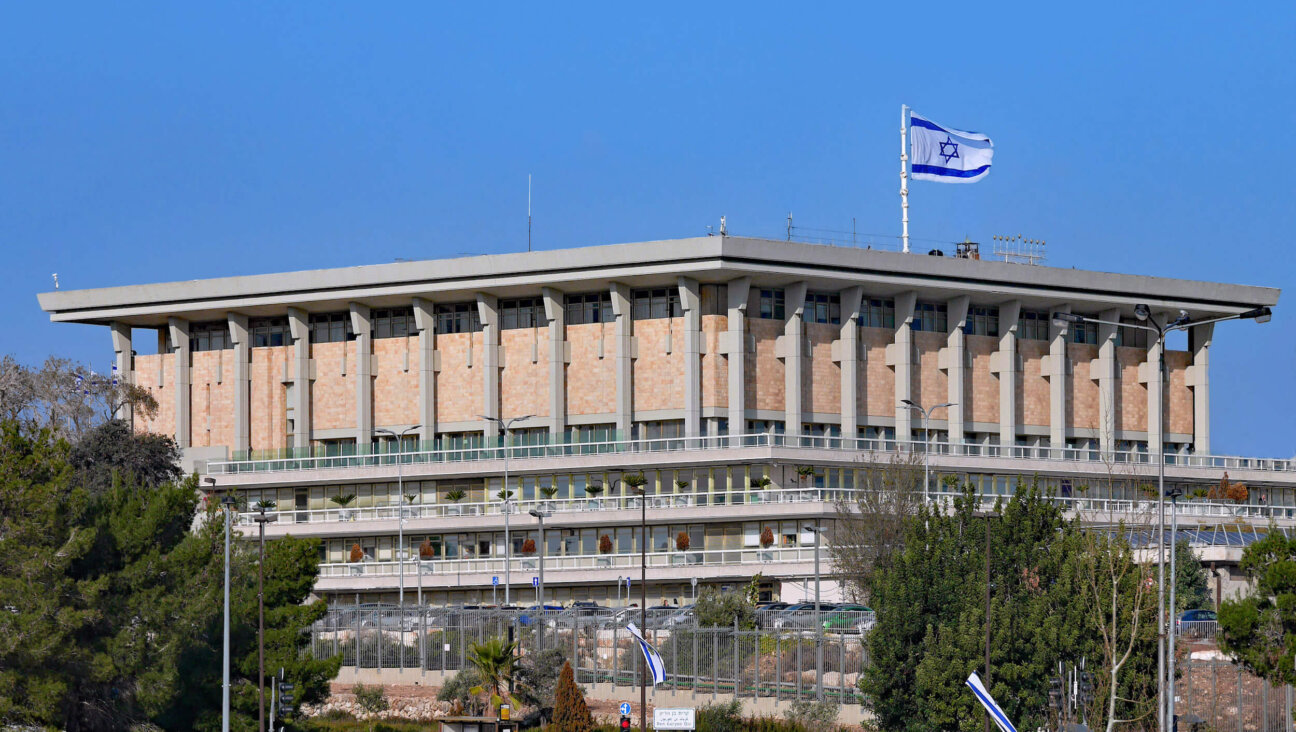Purim joy is not simple this year. What does a responsible Purim look like?
To truly tap into the joy of Purim, we must confront two themes in the megillah: Jewish existential fear and Jewish force

Photo by iStock
This year, it is not simple to enter the joy of Purim. In light of antisemitic violence and the ongoing Israel-Hamas war, I am finding the violent parts of the Purim story scarily resonant.
The Purim story begins with acute Jewish vulnerability, as Haman — an evil adviser to King Ahasuerus of Persia — plots to exterminate all of the Jews living in the Persian Empire. The story ends with the Jews killing 75,000 enemies who arose to attack them. In the wake of Oct. 7 and the ensuing Israel-Hamas war, many Jews are focusing on one of the two themes of the Purim story: the fear of Jews being threatened with extermination, or Jews engaged in the act of mass killing.
Each of these partial readings in light of current events runs the risk of becoming dangerous, whether by ignoring the real need for Jewish self-defense, or ignoring that there can be innocent victims of Jewish strength.
For many, the fear of being killed in the first part of the Purim story is the overwhelming message of the megillah. Haman’s plot to attack the Jews echoes through Jewish history and especially in this moment, as we are painfully aware of a plot to kill so many Jews that, tragically, was not thwarted in time. At the megillah’s end, this perspective that focuses on Jews as victims sees only the fact that there were thousands of enemies arrayed against us, and leaves no room to consider the full impact of Jewish force.
In the drama of the megillah, every single person the Jews killed posed a threat, and overcoming these enemies was a reason for celebration. But now, this view that only sees Jewish vulnerability runs the risk of overlooking harm caused to those caught in the crossfire.
Those who are overwhelmed by the devastation Israel has wrought in Gaza are focusing on the Jews’ use of force to defend themselves at the end of the megillah — and in the process killing so many people. Though the megillah presents this as a happy ending, contemporary readers could see danger in associating celebration and levity with death on such a massive scale. In this view, as Persian corpses pile up in the tens of thousands, such loss of life can only be read as a tragic ending.
Furthermore, real life is never as clear cut as the megillah imagines. In real life, innocent people die alongside enemies. The Purim story can be deployed toward violent ends when Jews misinterpret the enemies in the story as broad populations alive in our own time. We have seen extremists unleash indiscriminate violence against Palestinian “enemies,” even toward those who pose no imminent threat.
Yet concern exclusively about Jewish power runs the risk of forgetting that sometimes violence is the only means of defense. Indeed, the end of the megillah does not describe indiscriminate killing, but a response to thousands of people on the attack. If defending ourselves against terrorists is deemed an illegitimate act of violence, we have lost any hope of living in a world where dignity of life prevails.
We cannot fixate only on Jewish vulnerability or only on the risk that Jewish force could lead to excessive violence. In the wake of Oct. 7, we have to read the entire megillah holding space for both of these twin fears. The Torah offers us multiple models of ancestors who recognized real vulnerability and took defensive action, while maintaining their seriousness about the moral risk that force could lead to unwarranted violence.
In Genesis, Abraham successfully wages war to rescue his nephew Lot, who has been taken captive. But the midrash tells us that rather than emerging from his victory full of triumph and confidence, he is plagued by fear that even one righteous person might have been among those he had killed (Bereshit Rabbah 44:4). That doesn’t mean Abraham shouldn’t have rescued the captives. But it does mean that he was sobered by the losses.
God goes on to reassure Abraham that every single person he killed posed a threat, that the world is safer by virtue of his bravery. In Gaza, terrorists killed in this war posed an imminent threat to the safety of many, many people. However, God’s reassurance to Abraham should also magnify our own distress. Unlike Abraham, we do not hear God’s all-knowing voice.
There is real uncertainty about the numbers of terrorists versus non-combatants killed in Gaza, but no matter the numbers, Abraham teaches a moral and theological lesson about the value of human life. We know there are many Palestinians dead who were not combatants, and this should be as devastating for us as it was for Abraham. I am not making any specific claim on how this distress should affect future military action, but that before we enter Purim’s joy, we have to make room for this pain alongside ongoing fear about our own vulnerability.
When viewed through the lens of these other parts of our tradition, Purim can teach us that existential fear and distress about killing others need not cancel each other out. On the contrary, these fears together should strengthen us to act responsibly.
Taking in the whole megillah means acknowledging that existential threats are real and require resolute action — and that exercising force in our world must be sobering, not celebratory. This Purim, we can hold onto both of these truths at once.
The Jewish calendar offers the Fast of Esther the day before Purim as a counterbalance to Purim’s levity, to focus our communal attention on moments of crisis in the megillah. This year in particular, we can come together in communal fasting and prayer to face terrifying parts of the megillah that may not have struck home in years past.
On Ta’anit Esther this year, I will fast and pray to express my existential fear for Jewish life and safety in Israel and beyond. I also will fast and pray out of distress for the thousands of Palestinian civilians dead, displaced and hungry.
We must utterly reject any reading of Purim as a celebration of a massive death toll, particularly in our real world where that death toll includes so many innocent lives. Instead, we have to insist on Purim as a sobering reckoning with both Jewish vulnerability to violence, and the full impact of Jewish use of force. Only then can we responsibly feel Purim’s joy.
















